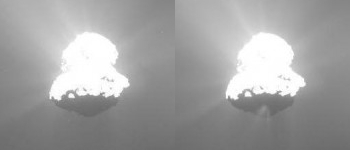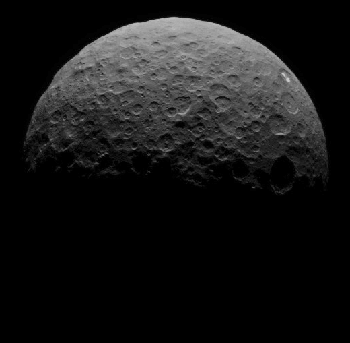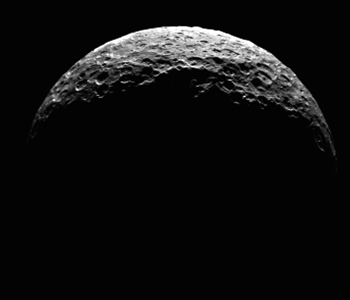New Shepard test flights to begin within weeks
The competition heats up: Blue Origin is expected to begin regular test flights of its suborbital resusable manned spacecraft, New Shepard, within mere weeks.
This news came from a government FAA official involved in approving flight permits. The company itself has declined to comment.
Even if it is a few months rather than weeks, these flight tests will put more pressure on Virgin Galactic in the race to become the first commercial suborbital tourism company to sell and actually fly a passenger. And if I had to bet who’d win the race, I would no longer put my money on Virgin Galactic.
The competition heats up: Blue Origin is expected to begin regular test flights of its suborbital resusable manned spacecraft, New Shepard, within mere weeks.
This news came from a government FAA official involved in approving flight permits. The company itself has declined to comment.
Even if it is a few months rather than weeks, these flight tests will put more pressure on Virgin Galactic in the race to become the first commercial suborbital tourism company to sell and actually fly a passenger. And if I had to bet who’d win the race, I would no longer put my money on Virgin Galactic.




